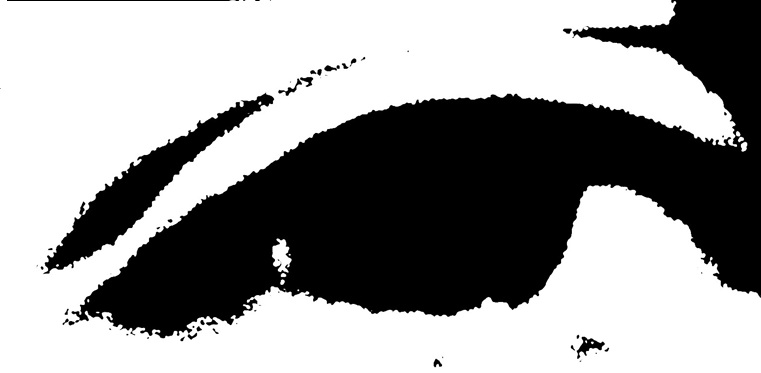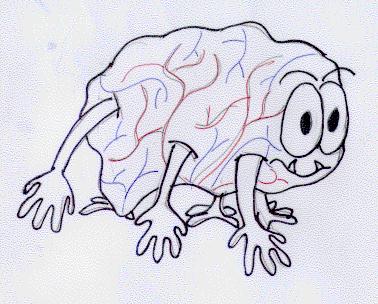 |
Horacio ROSTRO-GONZALEZ Ph.D. Student @ NeuroMathComp & CORTEX Research Teams @ INRIA-Méditarrénée 2004 route des Lucioles 06902 Sophia Antipolis, France +33 - (0) 492387713 hrostro@sophia.inria.fr |
About my work...
I'm a Ph.D. Student in Computational Neuroscience at the Institute National de Recherche en Informatique et Automatique [INRIA] working in the NeuroMathComp project-team. My research work is "Computing with spikes, architecture, properties and implementation of emerging paradigms" advised by Thierry Viéville and Bruno Cessac .
I also work in hardware implementation of Spiking Neural Networks in collaboration with Bernard Girau from CORTEX-INRIA and Cesar Torres-Huitzil from CINVESTAV-MEXICO.
KEYWORDS: Spiking Neural Networks, Biological and Artificial Vision, Image Processing, Bio-inspired Algorithms, Robotics, FPGA's and GPGPU.
Publications...
Journals
- H. Rostro-Gonzalez, B. Cessac and T. Vieville. Exact spike-train reproduction with a neural network model. Submitted to Neurocomputing
- B. Cessac, H. Rostro, J.C. Vasquez and T. Vieville. How Gibbs distributions may naturally arise from synaptic adaptation mechanisms. A model-based argumentation. Journal of Statistical Physics, 136, (3), 565-602 (2009). [link]
- Raul E. Sanchez-Yanez, Horacio Rostro-Gonzalez and Victor Ayala-Ramirez. Image Approximation from Scattered Pixel Evidence: A Fuzzy Approach. Telecommunications and Radio Engineering. Volume 64, Issue 7-12, pp. 531-536. (2005) [link]
Research Report
- Horacio Rostro-Gonzalez, Juan Carlos Vasquez-Betancur, Bruno Cessac and Thierry Vieville. Reverse-engineering in spiking neural networks parameters: exact deterministic parameters estimation. INRIA Research report RR-7199

International Conferences
- H. Rostro-Gonzalez, B. Cessac, J.C. Vasquez and T. Vieville. Back-engineering in spiking neural networks parameters. Eighteenth Annual Computational Neuroscience Meeting CNS 2009. July 18th-23rd 2009, Berlin, Germany. BMC Neuroscience 2009, 10(Suppl.10):P289, BioMed Central.


- J.C. Vasquez, B. Cessac, H. Rostro-Gonzalez and T. Vieville. How Gibbs Distributions may naturally arise from synaptic adaptation mechanisms. Eighteenth Annual Computational Neuroscience Meeting CNS 2009. July 18th-23rd 2009, Berlin, Germany. BMC Neuroscience 2009, 10(Suppl.10):P213, BioMed Central.


French Conferences
- H. Rostro-Gonzalez, J.H. Barron Zambrano, C. Torres-Huitzil and Bernard Girau. Low-cost hardware implementations for discrete-time spiking neural networks. To appear in Neurocomp 2010 (Lyon).
- B. Cessac, J.C. Vasquez, H. Nasser, H. Rostro Gonzalez, T. Vieville and A. Palacios. Parametric estimation of spike train statistics by Gibbs distributions: an application to bio-inspired and experimental data. To appear in Neurocomp 2010 (Lyon)
- H. Rostro, B. Cessac, J.C. Vasquez, T. Vieville. On deterministic reservoir computing: network complexity and algorithm. Proceedings Neurocomp 2009 (Bordeaux).


- J.C. Vasquez, Bruno Cessac, Horacio Rostro-Gonzalez, Thierry Vieville.Gibbs Distributions and STDP: An case-study on recurrent Neural Networks. Proceedings Neurocomp 2009 (Bordeaux).

- B. Cessac, H. Rostro, J.C. Vasquez, T. Viéville. Statistics of spikes trains, synaptic plasticity and Gibbs distributions. Proceedings Neurocomp 2008 (Marseille).
- B. Cessac, H. Rostro, J.C. Vasquez, T. Viéville. To which extend is the neural code a metric?. Proceedings Neurocomp 2008 (Marseille).


Talks
- H. Rostro-Gonzalez, B. Cessac, J.C. Vasquez and T. Vieville. Back-engineering in spiking neural networks parameters. INRIA-NIH Biomedical Computing Workshop, June 3-4th, 2009, Rocquencourt.

- J.C. Vasquez, B. Cessac, H. Rostro-Gonzalez and T. Vieville. How Gibbs Distributions may naturally arise from synaptic adaptation mechanisms. INRIA-NIH Biomedical Computing Workshop, June 3-4th, 2009, Rocquencourt.

Developing ENAS...
Enas (Event neural assemblies simulation):
- This set of classes allows to simulate and analyze so called "event neural assemblies".
- It is designed mainly as
- existing simulator plug-in (e.g. MVASpike or other simulators via the NeuralEnsemble meta-simulation platform),
- additional modules for computations with neural unit assembly on standard platforms (e.g. Python or the Scilab platform).
- News: The next EnaS major release is going to be distributed as a proper MVASpike plugin.
License:
The source code of the EnaS Library is to be distributed under the CeCiLL-C license. This License is a Free-Software license, adapted to the distribution of library components. It is close in its terms to the LGPL license. Such CeCill licenses have been created under the supervision of French computer science major institutions. They comply to international regulation rules.
Credits:
Developed by several authors within the scope of the ANR MAPS and the EC IP FP6-015879 FACETS projects. This is an INRIA product.
The source code of the EnaS Library is to be distributed under the CeCiLL-C license. This License is a Free-Software license, adapted to the distribution of library components. It is close in its terms to the LGPL license. Such CeCill licenses have been created under the supervision of French computer science major institutions. They comply to international regulation rules.
Credits:
Developed by several authors within the scope of the ANR MAPS and the EC IP FP6-015879 FACETS projects. This is an INRIA product.

